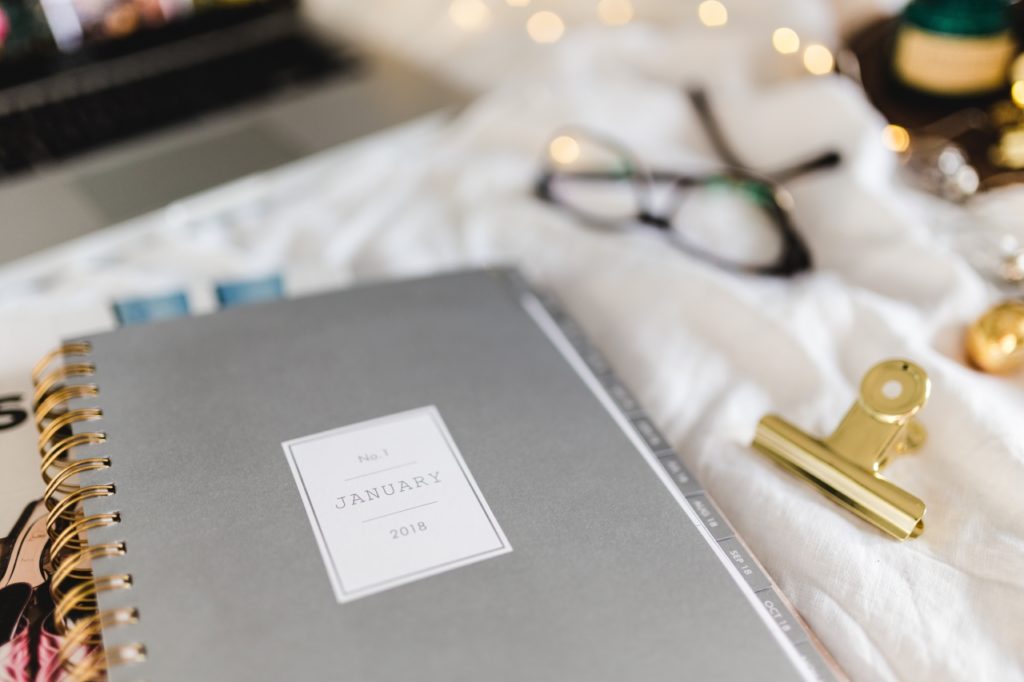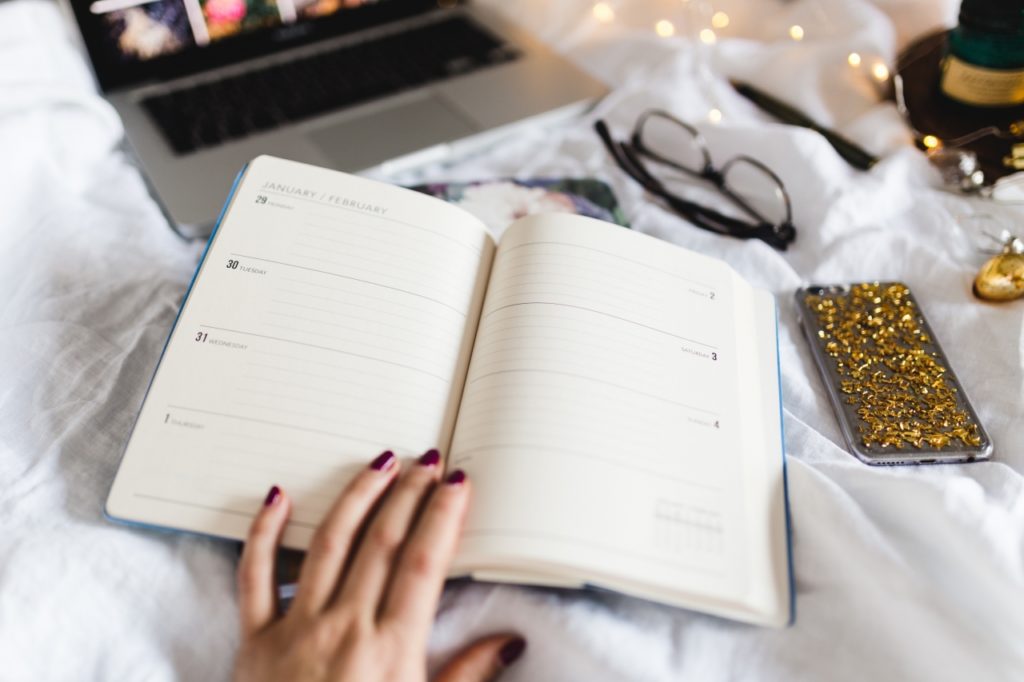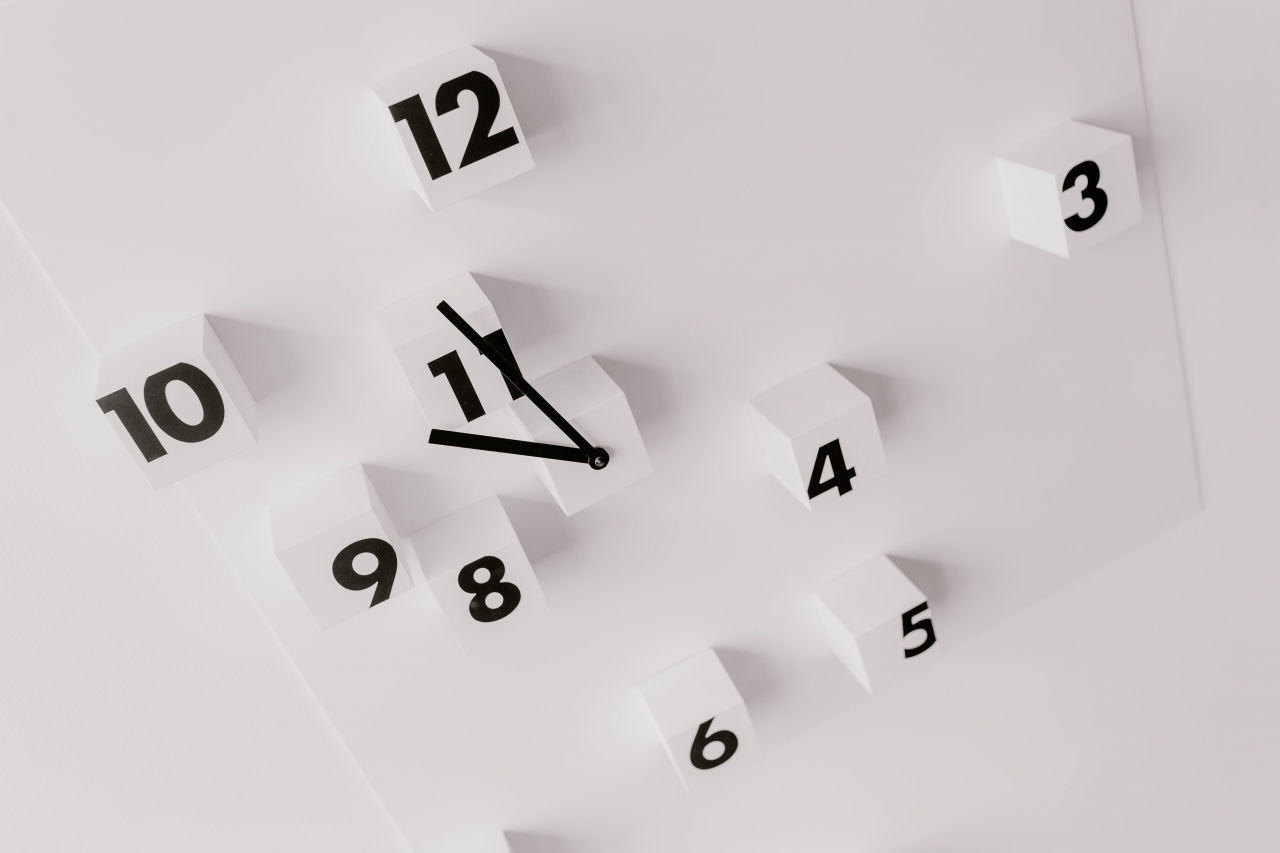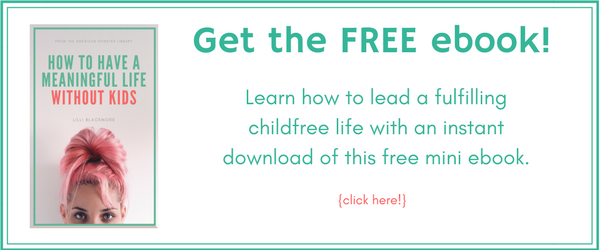Why You Don’t Have Kids or Free Time
Childfree people are rolling in piles of money, get at least eight hours of sleep per night, and have hours upon hours of free time. Right?
I mean, that’s certainly the image both happily childfree people and resentful parents like to believe in. But if you’re like most of the childfree people I know, that definitely doesn’t describe your life. I’ll tackle the ideas about wealth and good rest another day. Today I’m talking about the relationship between a childfree person and her free time.

How to Use Free Time as a Childfree Woman
You’ve probably heard the stories about how dedicated mothers found–or made–the time they needed to manage their careers while juggling an armful of after-school activity schedules, keeping house, and helping their kids with homework. Meanwhile, you can’t seem to manage your meager to-do list with one job and no kids. What gives? Are all those supermoms liars? Are you just lazy?
There’s a reason that you, childfree person who supposedly has tons of time, don’t make productive use of your time. You might not like to hear it, but it could change your life. You can’t get anything done because you don’t have enough to do.
Before you close this tab, hear me out. This post is for you. No matter how overwhelmed and behind schedule you are, it’s because you aren’t doing enough to need a decent schedule. So, let me explain how to use free time by getting rid of your free time.

Dr. Ana (Psychology with Dr. Ana) discusses something similar in her video, “How doing MORE healed my burnount (it’s not as toxic as it sounds).” While it sounds contradictory (or worse, pro hustle culture), I promise it makes sense.
The Secret’s in the Schedule
You’ve scrolled past the video tutorials about how busy momtrepreneurs schedule their day. Now I’m going to tell you how to use their tips to your advantage. The reason some moms can manage so much while you can barely keep your kitchen clean is plain. They have no choice. You do, so you need to choose to make the most of your free time.
As motivational author Jen Sincero* has said, “If you feel like you have all the time in the world to do something, you will take all the time in the world.” This lines up with Parkinson’s law, which Dr. Ana references in her video: “Work expands so as to fill the time available for its completion.” This is why scheduling can be incredibly beneficial — it keeps a single task from filling up an entire day.
Listen. There are days when I go to work and I literally have one goal when I get home. And I don’t get it done. Yet I still go to bed exhausted. Then there are days when I have 10 different tasks to do between 5:30 and 8:00, and they all get done on time. With a set amount of time, I need to make decisions about how I’m going to go about each task, and I need to make those decisions quickly. That keeps a small chore from becoming a massive project.
Now, if you’re thinking, “Lills, I can’t find the time I need to get my clothes ready for the next day. Writing things on a calendar won’t help,” listen closer. Using a schedule is just like using a budget. In fact, they’re the exact same thing. One shows you how to budget your money so you don’t blow it all, and the other shows you how to budget your time so you don’t blow it all.
It’s true that schedules don’t work for everyone, and people with neurological conditions such as ADHD may struggle to use traditional time management tools. But that doesn’t mean there isn’t a time budget that will work for you. Jessica McCabe, of How to ADHD, has some amazing resources that could change your life.

How to Set Up Your Single, Childfree Schedule
Making your schedule doesn’t need to be a horrible chore. And using your schedule shouldn’t feel like living in a boarding school. Just like a financial budget, your time budget is here to let you live the way you want to. It’s going to give you control over your time.
To get started, you’ve got to:
Track Your Time
In How To Live On 24 Hours A Day, author Arnold Bennett** challenges the reader to account for their time. If you spend 10 hours a day commuting and working, and 8 hours a night sleeping, where do the other 6 go?
This is usually the first thing you do when you get ready to make a financial budget, too. You’ve got to track your spending to see where your money is going. Only then can you identify the areas you can improve. When you find out where all your time is going (Netflix, scrolling through Instagram instead of brushing your teeth, etc), you’ll at least be able to see the real reason you don’t have time.
Remember, there’s nothing wrong with chilling in front of your laptop. But if you want to see how to use your time well, you’ve got to…
Make a Schedule
If you already have a calendar app you like, great. If not, use the one your phone came with, or download a free program like Evernote. Then fill in every single hour of your day. My schedule usually looks like this:
- 5:00-5:10 – Bed yoga
- 5:11-5:19 – Get dressed
- 5:20-5:29 – Eat breakfast
- 5:30-5:39 – Feed pets
Then I spend the next chunk of time commuting and working. My schedule after getting home is much more relaxed, but no less filled. It includes:
- Eating dinner (20 minutes)
- Watching Netflix (55 minutes)
- Writing for The American Spinster (1:15 minutes)
- Playing with pets (20 minutes)
- Getting clothes and lunch ready for tomorrow (15 minutes)
Some of these things overlap. For instance, I usually play with my cat and prepare my lunch while I have Star Trek playing.

Schedule Blank Time
I also schedule blank time, or time with no specific purpose. These slots are usually only 5 or 10 minutes long and happen in between more definitive activities. I can use these time slots if something takes longer than I planned, or if something unexpected, like a phone call, comes up.
Some times I have a completely blank hour. But I also have a list of unscheduled items I need to do. For instance, I know that some time during this week I need to write and mail thank-you notes. When I find myself with a blank time slot, I’ll look at my list, see that, and do it.
Stick to It
It should go without saying, but it’s so important I’m going to remind you. You’ve got to stick to your schedule. Changing your schedule when something comes up is fine. Cheating on your schedule is self-sabotage. Again, this can be especially difficult for people with ADHD or other disabilities. Find the method of reminding yourself that works for you.
If you want to learn how to use free time wisely, you’ve got to trust me on this. Use a schedule, and stick to it.
Whether you’re childfree by choice or by chance, you’ve got time that women with kids lack. Use it like the gift it is.
Do you suffer from self-imposed guilt over not getting more done in your free time? Are you ready to start taking advantage of the childfree lifestyle? What scheduling program, if any, do you use? Let me know in the comments below.
Notes
* Jen Sincero’s Badass books helped me think about money in a much more positive way. However, there are plenty of valid critiques of her work, including that much of her advice only applies to people who already have a certain amount of privilege (like me). Some of her earlier work is also click-baity at best and downright harmful at worst. If you’re interested in learning more, SAVY WRITES BOOKS has an entire playlist dedicated to her work.
** I think looking at Arnold Bennett’s work is important, as it has laid the foundation for a lot of self-help/time-management books that have followed. Like many resources, there are a lot of thought-provoking ideas in How to Live on 24-Hours a Day. But it severely downplays the fact that we don’t all have the same level of flexibility to manipulate our schedules. Poor people are far more at the mercy of systems designed to maximize profits for shareholders, not time for individuals and communities.
As with everything, if you choose to read any of my sources, read them critically.



What app do you use? Evernote? I wasn’t a huge fan when we used it for a publishing thing— maybe I’ll try again—-
I did use Evernote, but I didn’t find it very intuitive at first. For a while I simply used the app that came with my Android. But, recently, a co-worker suggested I give Evernote another try. So far, it’s a little better than I remember. I’m a fan of Thomas Frank, and he’s got a new list of the best to-do apps for 2019: https://www.youtube.com/watch?v=KpzhO1EyA2U
I loved your ebook How To Have A Meaningful Life Without Kids. You are a great writer. And I am appreciative that you take the time to put together such a positive website for spinsters. Thank you!
Thank you! I’m glad you found it helpful!